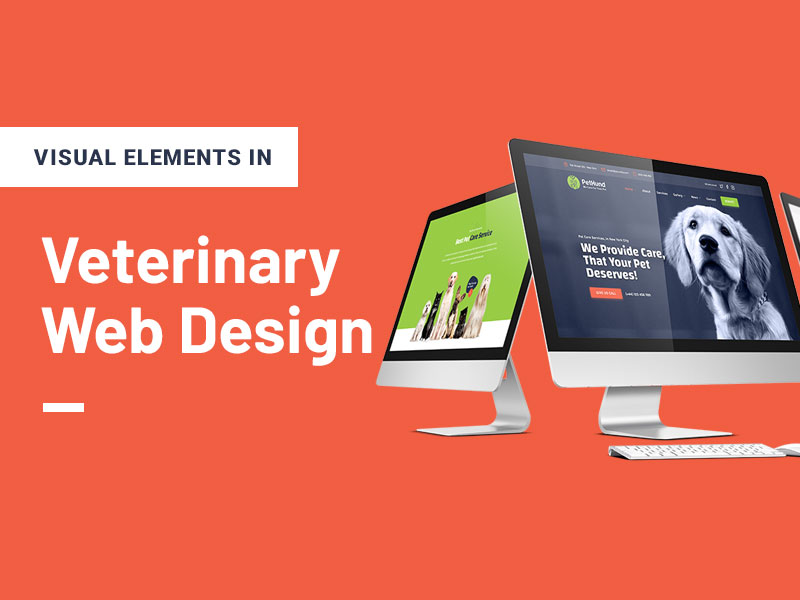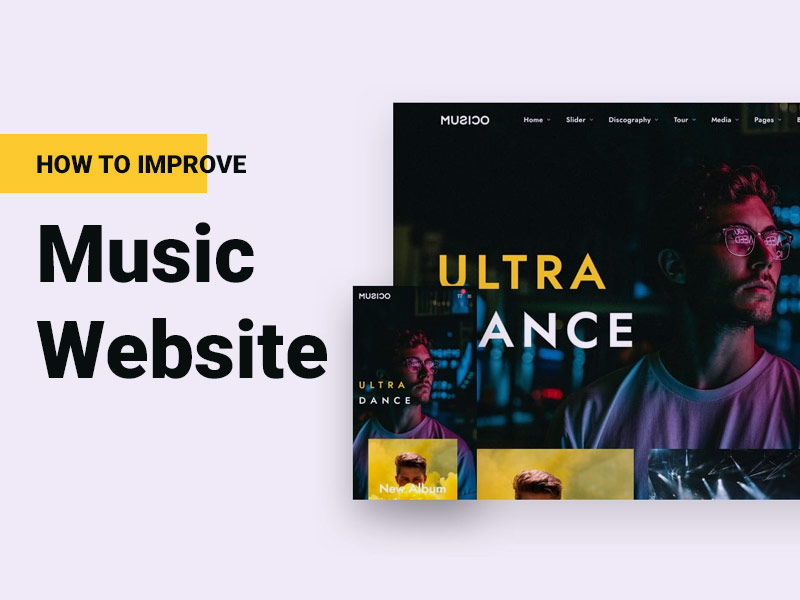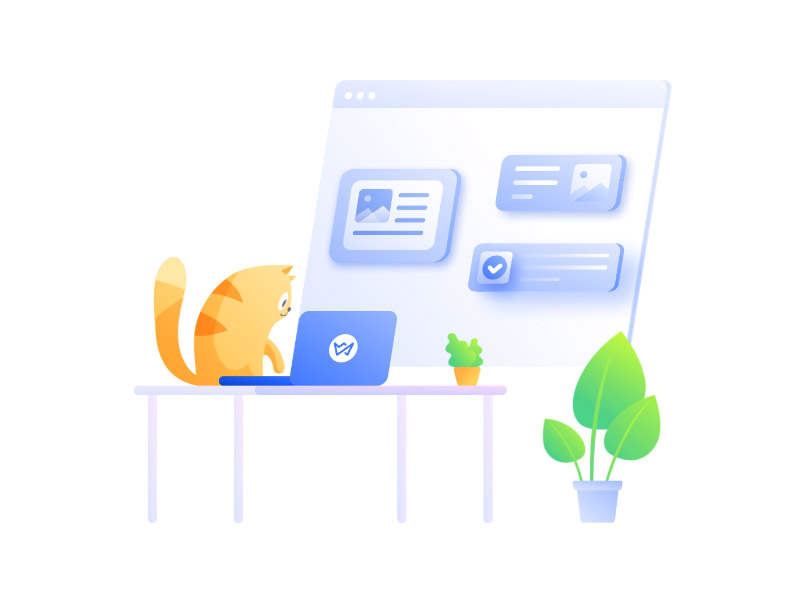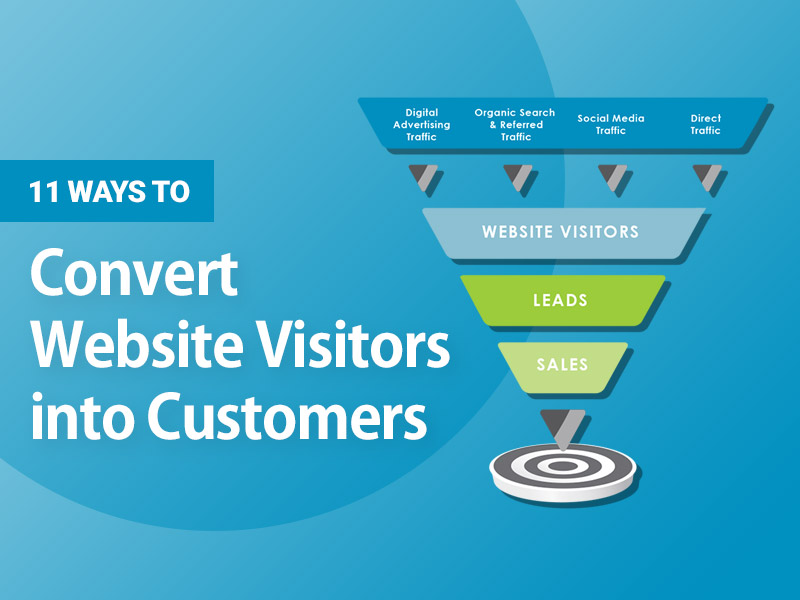In today’s increasingly digital world, businesses of all stripes need to maintain active and interesting online profiles. One industry that has significantly benefited from this digital shift is veterinary medicine. Today, more than ever, pet owners are relying on the internet to find, evaluate, and choose a veterinary clinic for their beloved pets.
Client acquisition and maintenance are two of the most important goals of any veterinary practice’s website. It is the virtual doorway to your clinic and serves as an essential part of your clinic’s first impression. However, creating an appealing and functional website goes beyond simply providing necessary information like operating hours, services, and contact details. A crucial, yet often overlooked element, is the integration of well-planned visual elements.
Visual elements in web design encompass various components such as images, colors, logos, and typography, which work synergistically to create a pleasing aesthetic and user-friendly experience. They not only make your website visually appealing but also play a vital role in reinforcing your brand, evoking emotions, and guiding visitors through your website in a smooth, intuitive manner.
In this blog, we will delve into the role of visual elements in veterinary web design, the importance of these elements, and how they can help create a compelling and impactful online presence for your veterinary practice.

Importance of Visual Elements in Web Design
Visual elements are more than just decorations on a website; they are tools that can significantly affect how users perceive and interact with your site. Let’s explore why these elements hold such an integral position in web design.
Perception and Credibility
Your website is likely to be the initial point of contact for many potential clients with your veterinary practice. Users’ first impressions of your site are heavily influenced by its aesthetic. A clean, modern, and visually engaging website tends to exude professionalism and reliability, making visitors more likely to trust your services. In contrast, a poorly designed site might cause visitors to question the credibility of your practice.
User Behavior and Engagement
The way your site looks can heavily influence user behavior. Well-chosen and strategically placed visual elements can guide visitors’ attention to important information, compelling calls to action, or key navigation points. They can also make content more digestible, making visitors more likely to engage with it and stay on your site longer.
Emotional Impact
Your website’s tone and ambiance can be greatly influenced by the visual elements you choose to use. For instance, inviting images of happy pets and their owners can evoke positive feelings and build a connection with visitors. A carefully chosen color palette can also play a part in setting the tone and mood of your site.
Brand Identity
In order to strengthen your brand’s identity, visual aspects play a crucial role. A unique logo, a consistent color scheme, and a particular typography style can help distinguish your practice from competitors and make it memorable in the minds of your site visitors.
Websites that are interesting, easy to navigate, and leave a lasting impression on visitors are more likely to receive repeat business from those visitors. In the next sections, we will discuss the key visual elements in veterinary web design and how to use them effectively.
Key Visual Elements in Veterinary Web Design
Veterinary web design involves a unique blend of science and aesthetics. The goal is to create a visually pleasing site that delivers valuable information in an easily digestible format while also providing a positive and memorable user experience. Let’s explore the key visual elements that can help achieve this goal.
1. Logo and Branding

Your logo will likely be the first thing site visitors see. A well-designed logo can convey the essence of your practice, promote recognition, and foster trust among site visitors. Consistent use of branding elements, like your logo and brand colors, across the website can create a cohesive look and feel that further strengthens your brand identity.
2. Images
Visuals are essential for connecting with site visitors on an emotional level. High-quality images of your clinic, staff, and happy patients can provide a glimpse into the quality of your service and the care you provide. They can also make your website more inviting and relatable. Remember, genuine and engaging images are often more effective than stock photos.
3. Color Scheme

Another important visual aspect that might affect how your site is seen is the color palette. Colors evoke emotions and set the mood of your site. For instance, blue often exudes trust and calmness, which are desirable feelings for pet owners looking for veterinary services. A consistent and well-chosen color scheme can enhance the visual appeal and contribute to a cohesive brand image.
4. Typography
Typography is more than just choosing a font for your content; it’s an essential design element that can affect readability, user experience, and even the mood of your site. Legible and aesthetically pleasing typography can make your content easier to consume and can contribute to your site’s overall visual appeal.
Visual Storytelling and Its Role in Veterinary Websites

The term “visual storytelling” refers to the practice of telling a tale or communicating an idea using images. It’s about getting people invested in what you’re saying in a manner that words alone might not be able to. This concept plays a particularly influential role in veterinary web design.
What is Visual Storytelling?
Visual storytelling involves using graphics, images, videos, and other visual elements to convey a narrative about your brand. This approach allows you to showcase your clinic’s story, values, and services in a more engaging and memorable way. It can give your audience a vivid picture of what it’s like to visit your clinic and the care their pets will receive.
The Role of Visual Storytelling in Veterinary Websites
The foundation of any successful website is the user experience it provides. Visual storytelling can be an effective means of reaching this objective on veterinary websites.
- 1. Building Emotional Connections: Images or videos of your staff interacting with pets, satisfied pet owners, or even behind-the-scenes glimpses of your clinic can evoke emotions and help build a connection with your audience. They offer a real-world perspective that can make your clinic more relatable and trustworthy.
- 2. Reinforcing Your Brand Message: Whether you want to position your clinic as a friendly local vet, a high-tech specialty practice, or a compassionate animal hospital, visual storytelling can help reinforce your brand message. Using consistent branding-aligned visuals can assist communicate your clinic’s USP and what sets you apart from competitors.
- 3. Improving Engagement and Retention: Engaging visuals can captivate your audience’s attention and make them more likely to stay on your site, explore your services, and ultimately make a booking. They also make your website more memorable, increasing the chances of visitors returning or recommending your clinic to others.
Tips for Incorporating Visual Elements Effectively
As we’ve established, visual elements can significantly enhance the appeal and functionality of your veterinary website. But it’s crucial to use these elements effectively to create a balanced, accessible, and user-friendly site. Here are some practical tips:
1. Balance Aesthetics and Functionality
Designing an aesthetically pleasing site is essential, but functionality should never be neglected. It’s important that the layout makes it simple to find the data you need. Too much complexity or clutter in the design might be off-putting and cause people to abandon the product.
2. Ensure Visual Elements Are Mobile-Friendly
Now that mobile devices are the primary means by which people access the internet, it is essential that your site’s visual elements scale down well. This includes ensuring images scale properly, the text remains readable, and navigation elements are touch-friendly.
3. Use Visual Elements to Guide the User Journey
Strategically placed visual elements can guide users through your site, leading them to important information or a call to action. For instance, an appealing image or graphic can draw attention to a specific service, or arrows can guide users towards a ‘Book an Appointment‘ button.
4. Consider Accessibility in Visual Design
All users, including those with visual impairments, should be able to easily navigate and use your website. This includes choosing a color scheme with sufficient contrast, using larger font sizes for readability, and providing alt text for images.
5. Consistency is Key
A unified aesthetic is achieved when design aspects such as color, typeface, and image style are kept constant. It elevates the reliability and credibility of your online presence by reinforcing the integrity of your brand.
Implementing these tips can help you use visual elements to create a more engaging, user-friendly, and effective veterinary website. In the next section, we will look at real-world examples of successful veterinary web designs that incorporate these principles.
Real-World Examples of Successful Veterinary Web Design
Understanding the theory behind the effective use of visual elements in web design is crucial, but analyzing real-world examples often brings the concept home. Let’s explore three veterinary websites that exemplify the successful implementation of visual elements: NorthStar VETS, WestVet 24/7 Animal Emergency and Specialty Center, and ZippiVet.
NorthStar VETS
NorthStar VETS is a veterinary hospital in New Jersey that provides emergency, trauma, and specialist care that is well-known across the country. Their web design strategy beautifully integrates high-quality, relevant images, creating an immediate sense of the breadth and quality of their services. The intuitive navigation layout ensures a smooth user experience, guiding visitors to the necessary information efficiently. The brand’s consistency and professionalism in its use of color inspire confidence in its products and services.
WestVet 24/7 Animal Emergency and Specialty Center
WestVet, located in Idaho, demonstrates the power of visual storytelling through its web design. The 24/7 service commitment is echoed in the design elements, with visuals reflecting round-the-clock care and dedication. Their choice of images provides a personal introduction to their team and facilities, offering an immediate sense of familiarity and trust, which is especially important given the emergency nature of their services.
ZippiVet
ZippiVet represents a fresh, modern approach to veterinary care. Based in Austin, Texas, they use dynamic visuals and bold colors in their web design to create a vibrant and engaging user experience. The website artfully balances the use of images and concise messaging to communicate its key services, making it easier for visitors to understand what ZippiVet has to offer.
Each of these veterinary websites showcases how to effectively use visual elements to create a compelling, user-friendly, and efficient online presence. They successfully balance aesthetics and functionality, guide user interaction through strategic placement of visual elements, and use visuals to tell their brand’s story, engaging visitors emotionally. These successful examples offer valuable insights for those seeking to enhance their own veterinary web design.
Conclusion
Effective web design, particularly in the veterinary sector, requires a delicate balance between functionality and visual appeal. The integration of relevant visual elements – such as images, color schemes, and typography – is not merely an exercise in aesthetics, but a fundamental aspect of user experience, brand storytelling, and effective communication.
As we have seen through the examples of NorthStar VETS, WestVet 24/7 Animal Emergency and Specialty Center, and ZippiVet, the strategic use of visual elements can significantly enhance a website’s appeal. These practices have expertly used visuals to convey their unique brand stories, guide user interactions, and create an inviting online space that mirrors the warmth and care they provide to their patients.
Embracing visual elements in your veterinary web design is, therefore, an investment in your brand’s online presence. It has the power to elevate the user experience, facilitate user navigation, and foster a stronger connection with your audience. This connection is not only crucial for attracting new clients but also instrumental in nurturing long-term relationships with existing ones.
In conclusion, whether you’re building a new website or revamping an existing one, considering the role of visual elements in your design strategy is a step you cannot afford to overlook. The visual elements are your silent ambassadors, speaking volumes about your brand before a single word is read. So make sure they tell a compelling story about the exceptional care and services you provide.







